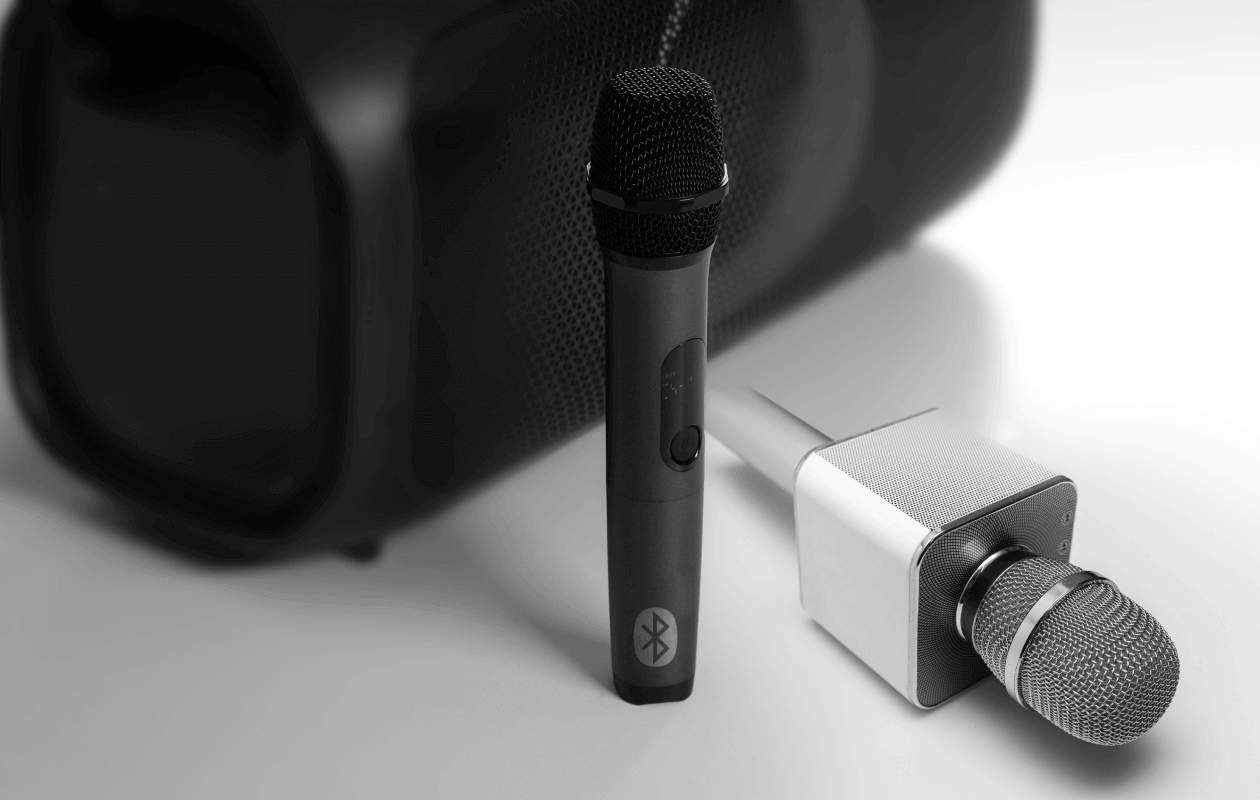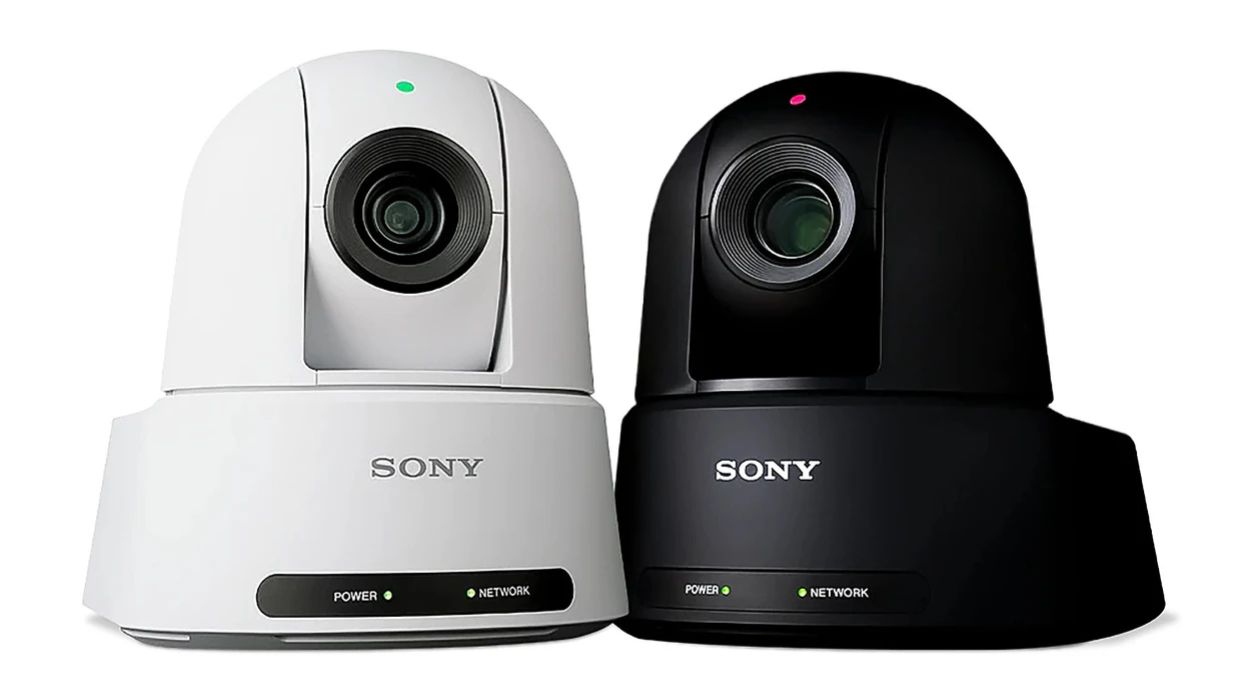Introduction
Noise is an unavoidable part of our daily lives. Whether it’s the rumble of traffic, the chatter of a crowded room, or the hum of appliances, background noise can be distracting and disruptive. In recent years, the demand for noise-canceling technology has skyrocketed, leading to the development of advanced solutions such as AI noise canceling.
AI noise canceling represents a breakthrough in audio technology by leveraging artificial intelligence to identify and eliminate unwanted sounds. This innovative technique not only enhances the listening experience but also has a wide range of applications in various industries.
In this article, we will explore what AI noise canceling is, how it works, the benefits it offers, its applications in different sectors, the challenges involved, and the future prospects of this cutting-edge technology.
So, if you’re intrigued by the idea of enjoying crisp and clear audio, free from disturbances, read on to discover the fascinating world of AI noise canceling.
What is AI Noise Cancelling?
AI noise canceling, also known as artificial intelligence noise canceling, is a technology that uses sophisticated algorithms and machine learning techniques to reduce or eliminate unwanted background noises from audio signals. It goes beyond traditional noise-canceling methods by intelligently analyzing and filtering out specific noises, enhancing the overall audio quality and improving the listening experience.
Unlike conventional noise cancellation techniques that primarily rely on passive methods like insulation or physical barriers to block out external sounds, AI noise cancelling takes a more proactive approach. It uses advanced signal processing algorithms to distinguish between desired audio signals and unwanted noises, allowing for real-time suppression of the latter.
The power of AI noise cancelling lies in its ability to adapt and learn from sound patterns. By utilizing machine learning algorithms, the system continuously analyzes the input and improves its performance over time. This adaptive nature allows AI noise cancelling to identify and suppress various types of unwanted noises, including background chatter, hums, whirrs, and even intermittent sounds.
The development of AI noise cancelling technology has opened up new possibilities for enhancing audio experiences across different domains. Whether it’s enjoying crystal-clear phone calls, immersing oneself in immersive gaming environments, or focusing on important tasks in noisy environments, AI noise cancelling has become a game-changer.
By harnessing the power of artificial intelligence, AI noise cancelling takes audio quality to a whole new level, enabling users to have clearer, more immersive, and distraction-free audio experiences. It has become a sought-after feature in headphones, earbuds, and other audio devices, allowing users to enjoy their favorite music, podcasts, or videos without being interrupted by external noises.
How does AI Noise Cancelling Work?
AI noise cancelling utilizes a combination of sophisticated algorithms, signal processing techniques, and machine learning to effectively reduce or eliminate unwanted background noises. Here’s a breakdown of the key steps involved:
- Audio Input: The process begins by capturing the audio input through a built-in microphone or an external audio source. This could include sounds from the environment or the user’s voice.
- Signal Analysis: The captured audio signal is analyzed by the AI noise cancelling system. It takes into account factors such as frequency, amplitude, duration, and patterns to differentiate between desired audio signals and unwanted background noises.
- Training Data: AI noise cancelling systems rely on a large dataset of training examples. The system uses these examples to learn the distinguishing features of different types of noises and develop a model for noise identification and suppression.
- Machine Learning: Through machine learning algorithms, the AI system continuously improves its ability to recognize and filter out specific noises. It adjusts its parameters based on feedback from previous inputs, allowing it to adapt and enhance its performance over time.
- Noise Suppression: Once the unwanted background noise is identified, the AI system applies a combination of filtering techniques to suppress or eliminate the unwanted sounds. This can involve inverse filtering, adaptive filtering, or spectral subtraction methods.
- Audio Output: After the noise suppression process, the processed audio signal is delivered to the output device, such as headphones or speakers, resulting in a clearer and more focused audio experience.
It’s important to note that the effectiveness of AI noise cancelling can vary depending on the quality of the microphone, the algorithms used, and the training data available. Companies invest considerable resources in research and development to ensure their AI noise cancelling systems deliver optimal performance across different environments and noise types.
Overall, AI noise cancelling works by leveraging advanced algorithms and machine learning techniques to analyze, identify, and suppress unwanted background noises, providing users with enhanced audio quality and an immersive listening experience.
Benefits of AI Noise Cancelling
AI noise cancelling technology offers a wide range of benefits across different contexts and industries. Let’s explore some of the key advantages:
- Improved Sound Quality: One of the primary benefits of AI noise cancelling is the significant improvement in sound quality. By suppressing unwanted background noises, the technology allows users to focus on the desired audio, resulting in clearer, crisper, and more immersive sound experiences.
- Enhanced Communication: AI noise cancelling is particularly beneficial in communication scenarios. Whether it’s making phone calls, participating in video conferences, or gaming with teammates, the technology minimizes background noise interference, enabling clearer and more comprehensible communication. This is especially useful in noisy environments or situations where the speaker’s voice needs to stand out.
- Increased Productivity: In work environments where concentration is crucial, AI noise cancelling can significantly increase productivity. By eliminating distractions caused by background noise, such as open office chatter or nearby construction, individuals can maintain better focus and engagement in their tasks.
- Improved Audio Entertainment: AI noise cancelling enhances the audio experience in various forms of entertainment. Whether it’s listening to music, watching movies, or playing video games, the technology allows users to fully immerse themselves in the audio without being interrupted by extraneous noises.
- Greater Accessibility for Hearing Impaired: AI noise cancelling technology can be a game-changer for individuals with hearing impairments. By reducing background noises and enhancing the clarity of the desired audio, it helps improve speech intelligibility and makes communication more accessible for those with hearing difficulties.
- Health and Safety: In certain industries, such as aviation or construction, noise can pose a significant risk to health and safety. AI noise cancelling can help mitigate this risk by reducing the noise exposure for individuals working in noisy environments, thus preventing potential hearing damage and improving overall well-being.
- Customizability: Many AI noise canceling systems offer customizable settings, allowing users to adjust the level of noise cancellation based on their preferences or specific situations. This flexibility ensures a personalized and optimized listening experience for individual needs.
With its ability to improve sound quality, enhance communication, increase productivity, and provide a more enjoyable audio experience, AI noise cancelling is becoming a sought-after feature in various consumer electronics, professional environments, and public spaces.
Applications of AI Noise Cancelling
AI noise cancelling technology has a wide range of applications across different industries and domains. Let’s explore some of the key areas where this innovative technology is making a significant impact:
- Personal Audio Devices: AI noise cancelling is commonly found in headphones, earbuds, and other personal audio devices. It allows users to enjoy their favorite music, podcasts, or videos without being disturbed by background noises, providing a more immersive and enjoyable audio experience.
- Telecommunications: In the realm of telecommunications, AI noise cancelling plays a crucial role in improving call quality. It helps reduce background noises during voice calls and enhances speech intelligibility, making conversations clearer and more understandable, regardless of the environment users are in.
- Video Conferencing: With the rise of remote work and virtual meetings, AI noise cancelling has become vital for video conferencing platforms. It eliminates background noises and ensures clear audio transmission, allowing participants to communicate effectively and concentrate on the discussion at hand.
- Military and Defense: The military and defense sectors often operate in noisy and high-stress environments. AI noise cancelling technology can enhance communication and situational awareness by reducing background noises and improving the clarity of critical audio communications.
- Healthcare: In healthcare settings, AI noise cancelling can be beneficial in reducing noise distractions for patients and healthcare professionals. It can enhance the acoustic environment in hospitals, improving patient comfort, concentration, and overall well-being.
- Public Spaces: AI noise cancelling techniques are being explored to create quieter and more pleasant public spaces. For example, it can be used in airports, train stations, or shopping malls to eliminate background noises, offering passengers and visitors a more peaceful and enjoyable experience.
- Industrial and Manufacturing: In industrial and manufacturing environments, where machinery and equipment generate high levels of noise, AI noise cancelling can protect workers’ hearing health by reducing noise exposure. It creates a safer and more comfortable working environment and helps improve communication between workers.
- Automotive: In the automotive industry, AI noise cancelling is being implemented to reduce road and engine noises inside vehicles. It enhances the audio quality for in-car entertainment systems, hands-free calling, and voice-controlled assistants, contributing to a more premium and enjoyable driving experience.
These are just a few examples of how AI noise cancelling is revolutionizing various industries and domains. As the technology continues to advance, we can expect to see even more innovative applications emerging in the future.
Challenges of AI Noise Cancelling
While AI noise cancelling technology offers numerous benefits and applications, there are also several challenges associated with its implementation and usage. Let’s explore some of the key challenges:
- Complexity of Noise: Noise can be highly complex and diverse, making it challenging to accurately identify and suppress all types of unwanted sounds. AI noise cancelling systems need to be trained on a wide range of noise profiles and continuously learn to adapt to different environmental conditions.
- Noise Leakage: In some cases, AI noise cancelling may not completely eliminate all background noises, and some leakage of sound may still occur. This can be particularly challenging in very noisy environments or when dealing with unpredictable noise sources.
- Performance Trade-offs: Achieving higher levels of noise cancellation often comes at the expense of audio quality or introduces artifacts that may affect the overall listening experience. Balancing the trade-offs between noise reduction and audio fidelity is a constant challenge for AI noise cancelling developers.
- Compatibility: AI noise cancelling systems may face compatibility challenges with different audio devices, platforms, or operating systems. Ensuring seamless integration and consistent performance across various devices and software can be a complex task.
- Power Consumption: AI noise cancelling algorithms often require significant processing power, which can impact the battery life of portable devices. Developing energy-efficient techniques that maintain optimal performance while minimizing power consumption is an ongoing challenge.
- Contextual Adaptation: AI noise cancelling systems need to adapt to different contexts and user preferences. They should be able to differentiate between desired sounds and unwanted noises based on the user’s specific requirements. This contextual adaptation can be challenging, as individual preferences and environmental conditions can vary significantly.
- Data Availability: Training AI noise cancelling systems requires a large amount of diverse and accurately labeled training data. Obtaining and curating such datasets can be time-consuming and resource-intensive.
- Real-Time Processing: Achieving real-time noise cancellation, especially in demanding applications like gaming or live audio streaming, poses a challenge. The processing time required by AI algorithms can cause perceptible delays, affecting the overall user experience.
Despite these challenges, ongoing research, advances in machine learning techniques, and improvements in hardware capabilities are continuously addressing these issues, paving the way for more robust and effective AI noise cancelling solutions.
Future of AI Noise Cancelling
The future of AI noise cancelling looks promising, with ongoing advancements in technology and growing demand for high-quality audio experiences. Here are some key areas that indicate the direction in which AI noise cancelling is heading:
- Improved Noise Suppression: As AI algorithms continue to evolve and improve, we can expect even more effective noise suppression capabilities. Future AI noise cancelling systems will be better equipped to identify and eliminate a wider range of background noises, providing users with exceptionally clear and undisturbed audio experiences.
- Adaptive and Contextual Intelligence: Future AI noise cancelling systems will focus on enhancing their contextual and adaptive capabilities. They will be able to automatically adjust their settings and parameters based on the user’s environment and preferences, delivering personalized and optimized noise cancellation performance.
- Integration with Virtual Assistants: Integration of AI noise cancelling technology with virtual assistants, such as voice-controlled smart speakers or virtual reality devices, is likely to become more prevalent. This integration will provide users with enhanced voice recognition and improved communication capabilities in noisy environments.
- Smart Environmental Noise Control: AI noise cancelling can play a vital role in smart environmental noise control. In the future, we might see the implementation of intelligent systems that analyze and mitigate the impact of noise pollution in specific areas or automatically adjust noise cancellation settings based on the surrounding acoustic environment.
- Real-Time Translation and Transcription: AI noise cancelling can contribute to real-time translation and transcription services by improving speech recognition accuracy in noisy settings. This technology has the potential to revolutionize multilingual communication and accessibility for individuals with hearing impairments.
- Integration in IoT Devices: With the rise of the Internet of Things (IoT), we can expect to see AI noise cancelling being integrated into various IoT devices. This integration will allow for seamless and efficient noise cancellation in smart homes, connected cars, and other IoT environments.
- Miniaturization and Energy Efficiency: Future advancements in hardware technology will lead to the miniaturization of AI noise cancelling components, allowing for integration into smaller devices with improved energy efficiency. This will benefit wearable devices, mobile phones, and other portable electronics.
The future of AI noise cancelling is not only limited to these areas but also opens up new possibilities and applications across multiple industries. As the technology continues to advance, we can expect a more immersive, personalized, and noise-free audio experience in various aspects of our lives.
Conclusion
AI noise cancelling technology has revolutionized the way we experience audio, offering numerous benefits and applications across various industries. By leveraging sophisticated algorithms, machine learning techniques, and advanced signal processing, AI noise cancelling effectively reduces or eliminates unwanted background noises, providing users with clearer, crisper, and more immersive audio experiences.
From personal audio devices to telecommunications, video conferencing, healthcare, and automotive industries, the applications of AI noise cancelling are vast and diverse. It enhances communication, increases productivity, and improves the quality of audio entertainment. Moreover, it has the potential to make public spaces quieter and safer and offers accessibility solutions for individuals with hearing impairments.
However, the development and widespread adoption of AI noise cancelling are not without challenges. Complex noise profiles, performance trade-offs, compatibility issues, and power consumption concerns need to be addressed for optimal implementation. Ongoing advancements in technology, machine learning techniques, and hardware capabilities continue to tackle these challenges and push the limits of AI noise cancelling.
The future of AI noise cancelling looks promising, with improvements in noise suppression, adaptive intelligence, integration with virtual assistants, IoT devices, and environmental noise control. Additionally, advancements in miniaturization and energy efficiency will pave the way for more compact and power-efficient AI noise cancelling solutions.
In conclusion, AI noise cancelling technology has transformed the way we listen to and interact with audio. As the technology advances further, we can anticipate even more impressive innovations and applications, providing users with unparalleled audio experiences and improving the quality of communication, entertainment, and daily life.

























